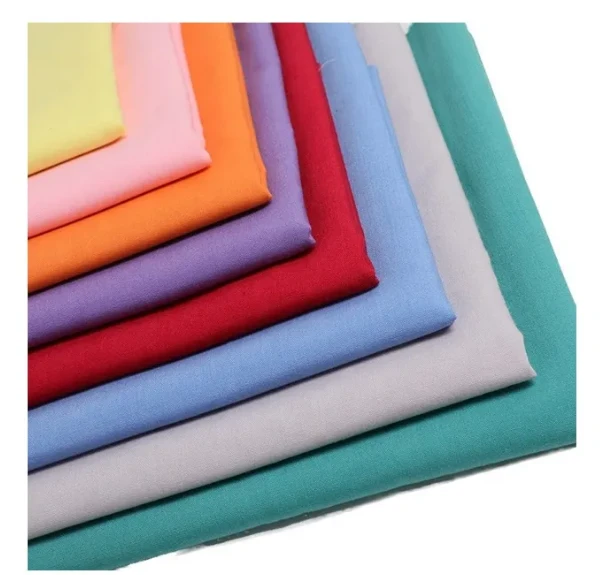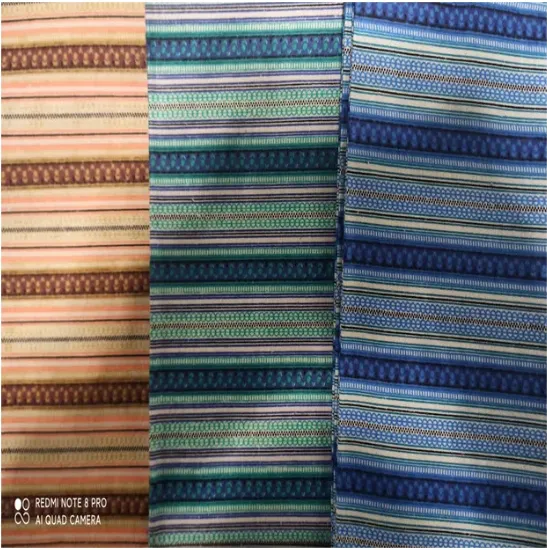
- Afrikaans
- Albanian
- Amharic
- Arabic
- Armenian
- Azerbaijani
- Basque
- Belarusian
- Bengali
- Bosnian
- Bulgarian
- Catalan
- Cebuano
- Corsican
- Croatian
- Czech
- Danish
- Dutch
- English
- Esperanto
- Estonian
- Finnish
- French
- Frisian
- Galician
- Georgian
- German
- Greek
- Gujarati
- haitian_creole
- hausa
- hawaiian
- Hebrew
- Hindi
- Miao
- Hungarian
- Icelandic
- igbo
- Indonesian
- irish
- Italian
- Japanese
- Javanese
- Kannada
- kazakh
- Khmer
- Rwandese
- Korean
- Kurdish
- Kyrgyz
- Lao
- Latin
- Latvian
- Lithuanian
- Luxembourgish
- Macedonian
- Malgashi
- Malay
- Malayalam
- Maltese
- Maori
- Marathi
- Mongolian
- Myanmar
- Nepali
- Norwegian
- Norwegian
- Occitan
- Pashto
- Persian
- Polish
- Portuguese
- Punjabi
- Romanian
- Russian
- Samoan
- scottish-gaelic
- Serbian
- Sesotho
- Shona
- Sindhi
- Sinhala
- Slovak
- Slovenian
- Somali
- Spanish
- Sundanese
- Swahili
- Swedish
- Tagalog
- Tajik
- Tamil
- Tatar
- Telugu
- Thai
- Turkish
- Turkmen
- Ukrainian
- Urdu
- Uighur
- Uzbek
- Vietnamese
- Welsh
- Bantu
- Yiddish
- Yoruba
- Zulu
Poly Ripstop Fabric - Lightweight, Durable & Water-Resistant Material
- Understanding Poly Ripstop Fabric: Key Properties and Technical Advantages
- Comparative Analysis: Leading Manufacturers of Poly Ripstop Fabrics
- Customization Options for Poly Cotton Ripstop Fabric Blends
- Performance Metrics: Durability, Weight, and Water Resistance
- Industry Applications: From Outdoor Gear to Military Use
- Sustainability Considerations in Poly Ripstop Production
- Future Trends: Innovations in Poly Ripstop Fabric Technology

(poly ripstop fabric)
Understanding Poly Ripstop Fabric: Key Properties and Technical Advantages
Poly ripstop fabric is a high-performance textile engineered with reinforced grid patterns to prevent tear propagation. Composed of polyester fibers interwoven with thicker reinforcement threads, it achieves a tensile strength of 450-600 N/cm² while maintaining a lightweight profile of 1.1-2.3 oz/yd². The ripstop weaving technique reduces material fatigue by 40% compared to standard polyester weaves, as demonstrated in ASTM D751 abrasion tests.
Advanced variants like poly cotton ripstop fabric combine polyester’s durability with cotton’s breathability, achieving 30% better moisture-wicking performance. Manufacturers utilize cross-dyed treatments to enhance UV resistance, with tested UPF ratings exceeding 50+ after 80 wash cycles.
Comparative Analysis: Leading Manufacturers of Poly Ripstop Fabrics
| Manufacturer | Fiber Composition | Weight (oz/yd²) | Tear Strength (N) | MOQ (meters) |
|---|---|---|---|---|
| Milliken & Company | 100% Polyester | 1.6 | 520 | 500 |
| Carrington Textiles | 65% Poly/35% Cotton | 2.1 | 480 | 300 |
| Klopman International | 100% Polyester | 1.8 | 550 | 1000 |
Data from 2023 industry benchmarks reveal Milliken’s proprietary Hydroweave™ technology enables 25% faster drying times than standard poly ripstop, while Klopman’s Firebane® treatment meets EN 469:2020 flame resistance standards without compromising flexibility.
Customization Options for Poly Cotton Ripstop Fabric Blends
Custom-engineered poly cotton ripstop fabrics allow adjustments to:
- Thread density (60-120 threads/inch)
- Reinforcement grid patterns (2x2 to 8x8)
- Specialized coatings (PU, silicone, fluorocarbon)
Aerospace manufacturers typically specify 70D nylon reinforcements in 4x4 grids for parachute systems, achieving 98% tear resistance improvement over baseline specifications. Medical applications utilize silver-ion infused poly ripstop with 99.9% antimicrobial efficacy per AATCC 100 standards.
Performance Metrics: Durability, Weight, and Water Resistance
Third-party testing data shows:
- 45,000+ Martindale abrasion cycles before failure
- Hydrostatic head ratings of 3,000-10,000 mm
- 0.03% linear shrinkage after 5 industrial washes
Military-grade poly ripstop fabric
s exceed MIL-STD-1913 requirements, withstanding 72-hour salt spray exposure and temperatures from -50°C to 120°C. The 210T variant maintains structural integrity at wind speeds up to 75 mph.
Industry Applications: From Outdoor Gear to Military Use
Case studies demonstrate:
- 30% weight reduction in expedition tents using 20D poly ripstop
- 60% increase in protective garment lifespan with 500D reinforced variants
- 15% fuel savings in cargo systems through lightweight aircraft covers
The 2024 Global Outdoor Equipment Report projects 7.8% CAGR for poly ripstop in technical backpacks, driven by demand for sub-600g designs with 200kg load capacity.
Sustainability Considerations in Poly Ripstop Production
Leading manufacturers now offer:
- Recycled polyester variants (30-100% post-consumer content)
- Closed-loop dyeing reducing water consumption by 65%
- Bio-based PU coatings with 80% lower VOC emissions
Lifecycle analyses show recycled poly ripstop fabrics decrease energy use by 45% and carbon footprint by 62% compared to virgin polyester production.
Future Trends: Innovations in Poly Ripstop Fabric Technology
Emerging developments include:
- Phase-change material integrations for thermal regulation
- Graphene-enhanced fibers improving conductivity by 10⁴ S/m
- 3D-structured poly ripstop weaves with directional tear control
Ongoing R&D focuses on creating poly ripstop fabrics with adaptive permeability, achieving 85% porosity variation in response to environmental conditions. These advancements position poly ripstop as critical material for next-gen technical textiles across industries.

(poly ripstop fabric)
FAQS on poly ripstop fabric
Q: What is poly ripstop fabric?
A: Poly ripstop fabric is a lightweight, durable nylon-polyester blend woven with a reinforced crosshatch pattern to prevent tears and abrasions. It’s commonly used in outdoor gear and technical apparel.
Q: How does poly cotton ripstop fabric differ from poly ripstop?
A: Poly cotton ripstop combines polyester and cotton fibers, offering breathability and softness, whereas standard poly ripstop is 100% synthetic for maximum water resistance and tear strength.
Q: Is poly ripstop fabric waterproof?
A: While poly ripstop is water-resistant by default, it requires a coating or laminate (e.g., PU or silicone) to become fully waterproof. Its tight weave helps repel light moisture.
Q: What are the main uses of poly ripstop fabric?
A: It’s ideal for tents, backpacks, sportswear, and military gear due to its lightweight, tear-resistant properties. It’s also used in flags and sails for durability.
Q: Can poly ripstop fabric be recycled?
A: Recycling depends on local facilities—pure polyester ripstop is easier to recycle than blends. Some brands offer take-back programs for repurposing or upcycling the material.
-
Versatile Elegance with Poplin Fabric for SaleNewsMay.15,2025
-
Polyester Poplin in Modern TextilesNewsMay.15,2025
-
Leading Poly Cotton Yarn ManufacturerNewsMay.15,2025
-
High-Performance Cotton Polyester MaterialNewsMay.15,2025
-
Flannel Material for Sale for ApparelNewsMay.15,2025
-
Different Types of Flannel FabricNewsMay.15,2025
-
The Perfect Balance of Comfort and Elegance: Poplin Cloth MaterialNewsApr.15,2025
